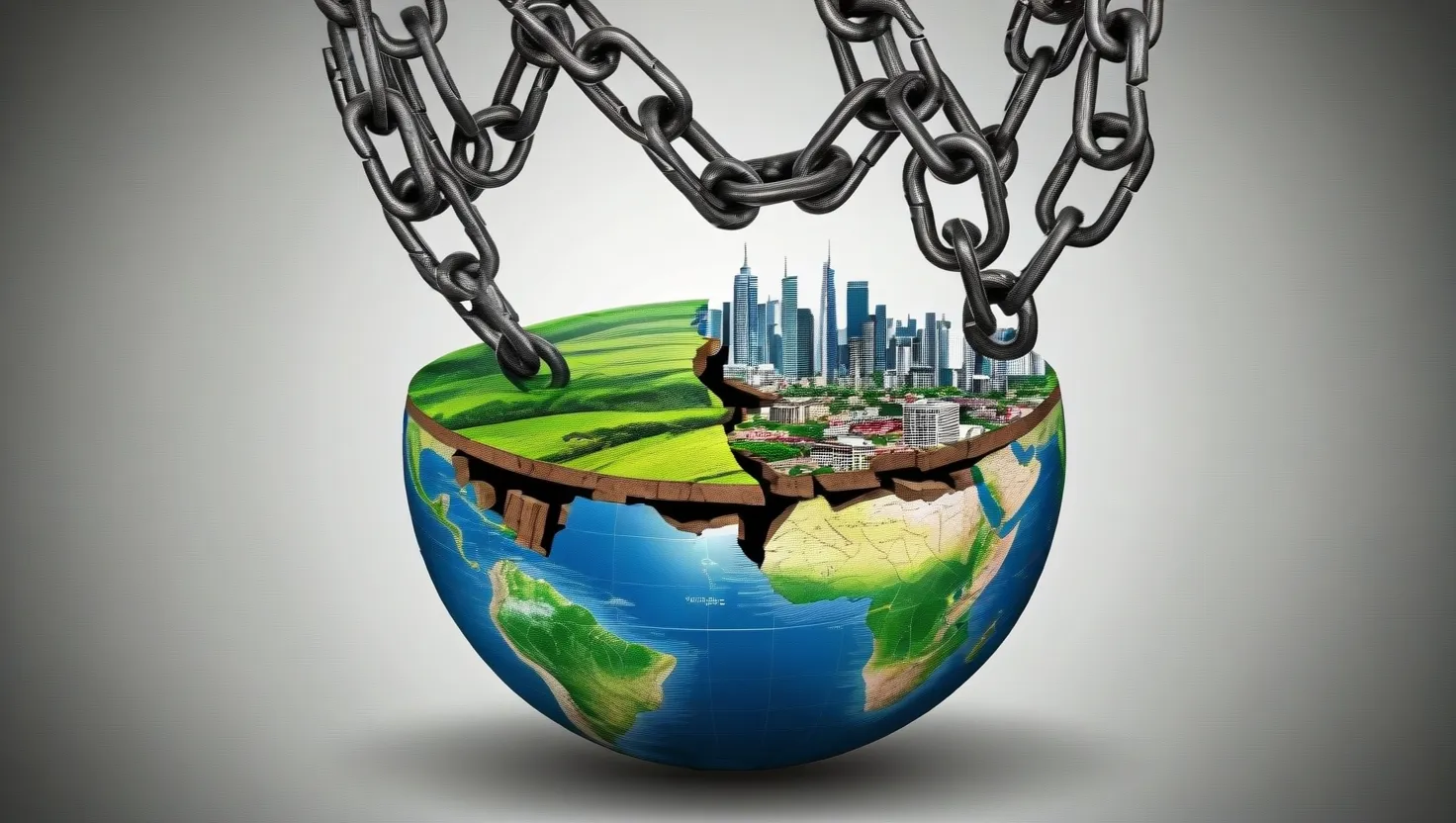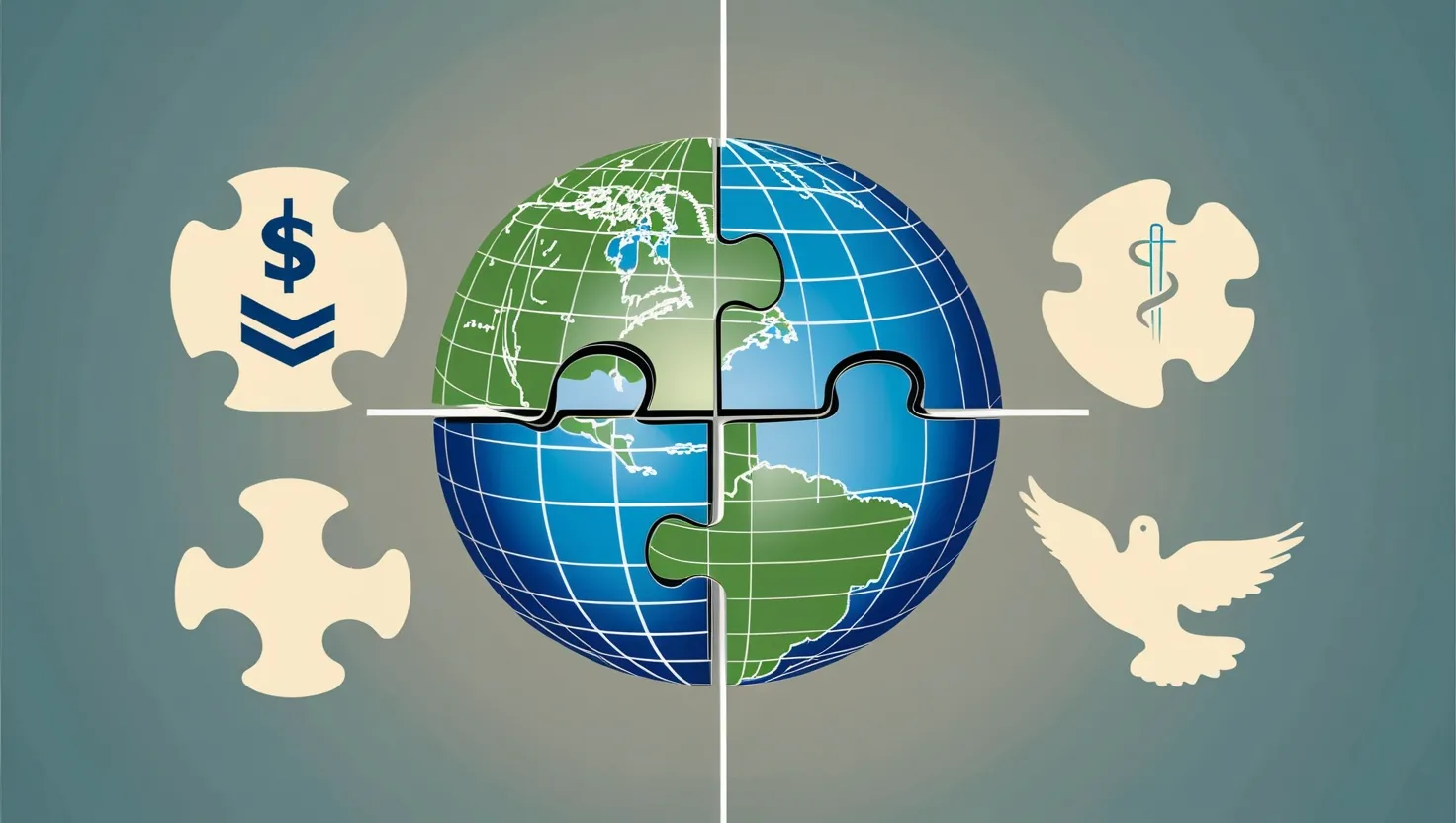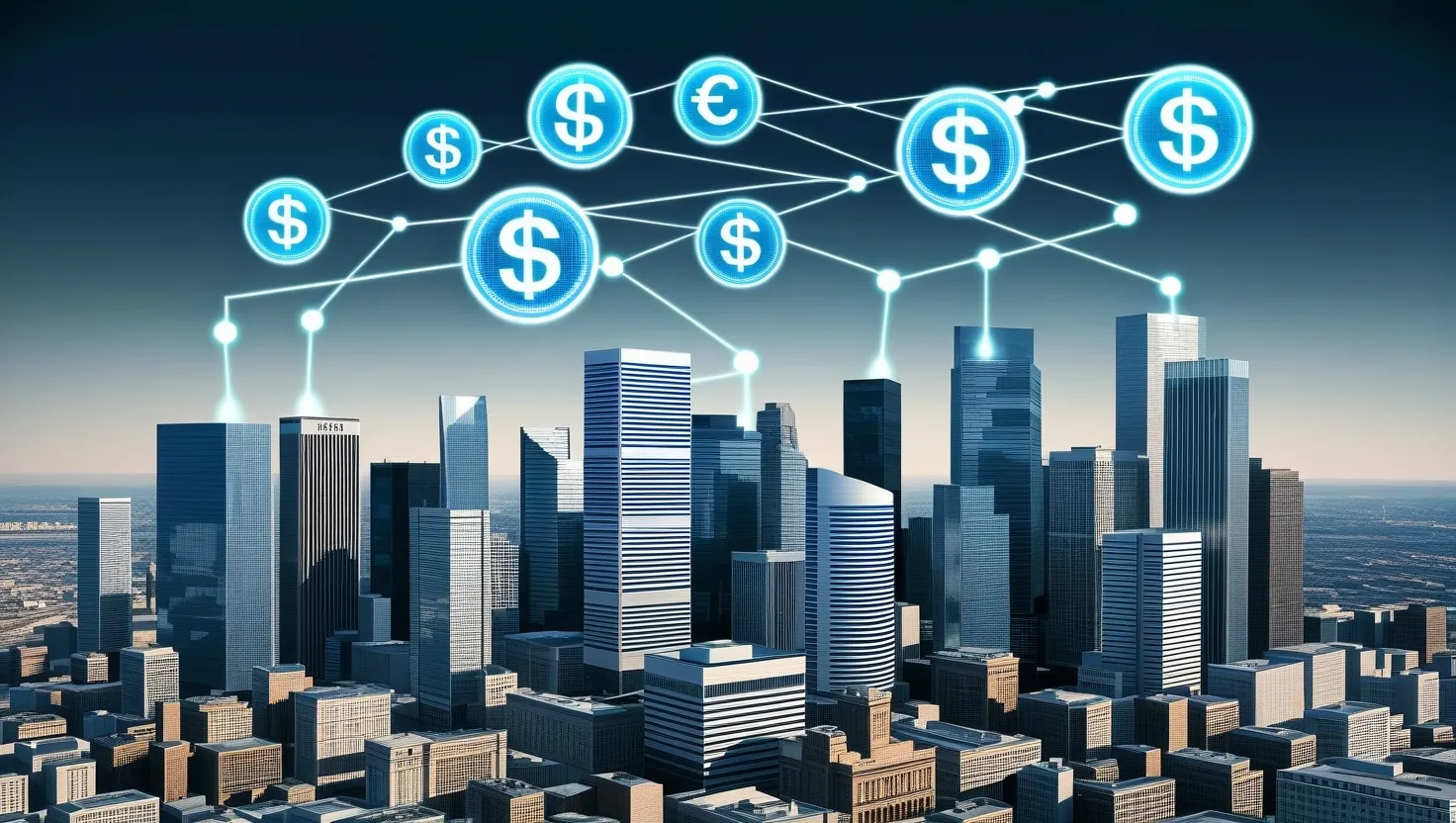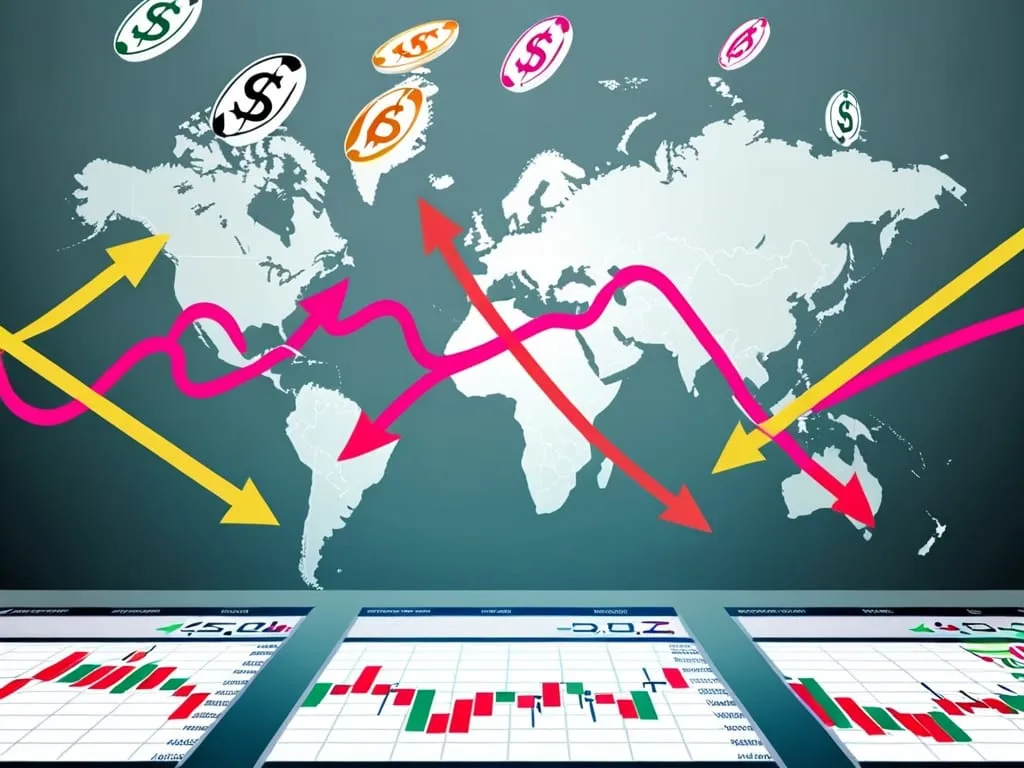As I delve into the complex world of global debt relief initiatives, I am reminded of the wise words of Nelson Mandela: “Overcoming poverty is not a gesture of charity, it is an act of justice.” This sentiment encapsulates the essence of why debt relief is crucial for developing countries.
Let’s start with one of the most notable initiatives: the Heavily Indebted Poor Countries (HIPC) Initiative. Launched in the late 1990s, this program was a collaborative effort between the International Monetary Fund (IMF), the World Bank, and other creditors to provide significant debt relief to countries that were drowning in debt. The HIPC Initiative was groundbreaking because it introduced a transparent and comprehensive framework for debt relief, ensuring that only countries committed to using the resources effectively would benefit.
Imagine a country where nearly every dollar earned is spent on debt service rather than on essential services like healthcare and education. This was the reality for many HIPC countries before the initiative. Post-relief, these countries saw a dramatic reduction in their debt service payments, freeing up substantial funds for social expenditures. For instance, the average annual debt service savings for these countries was around $1.1 billion over three years, which was then directed towards critical areas such as health, education, and infrastructure.
But how effective has the HIPC Initiative been in the long run? While it has undoubtedly provided immediate relief and allowed countries to invest more in social sectors, the sustainability of these gains is a different story. Many of these countries have seen their debt levels rise again due to weaknesses in fiscal frameworks and poor debt transparency. This raises a critical question: Can debt relief alone be a lasting solution, or is it just a temporary band-aid?
The Multilateral Debt Relief Initiative (MDRI) is another significant program that built upon the HIPC Initiative. Introduced in 2005, the MDRI aimed to provide 100% debt relief on eligible debts owed to the IMF, the World Bank, and the African Development Fund. This initiative further reduced the debt burden of HIPC countries, allowing them to allocate more resources towards development.
However, the MDRI also highlights the complexities of debt relief. While it has enabled countries to increase their investment and social spending, the impact on economic growth is less clear. This ambiguity underscores the need for a holistic approach to economic development, one that goes beyond just debt forgiveness.
The Paris Club, a group of creditor nations, has also played a pivotal role in debt restructuring. Unlike the HIPC and MDRI, which are more structured programs, the Paris Club operates on a case-by-case basis, providing debt relief and restructuring to countries facing financial difficulties. This flexibility can be both a blessing and a curse; while it allows for tailored solutions, it also lacks the transparency and consistency of other initiatives.
As we move into the 21st century, new challenges have emerged, and with them, new initiatives. The G20 Debt Service Suspension Initiative (DSSI), launched in response to the COVID-19 pandemic, is a prime example. This initiative allowed eligible countries to suspend their debt service payments temporarily, providing much-needed breathing room during a global economic crisis.
But what about the long-term implications of such initiatives? As the economist Joseph Stiglitz once said, “Debt is a trap, especially when it is owed to foreign creditors.” The DSSI, while providing immediate relief, also raises concerns about the potential for moral hazard and the impact on future lending practices. Will countries be more cautious in their borrowing, or will they rely on the assumption that debt relief will always be available?
The Brady Bonds, introduced in the late 1980s to address the Latin American debt crisis, offer another perspective on debt relief. These bonds allowed countries to restructure their debt by issuing new bonds with lower interest rates and longer maturities. While they provided a solution to the immediate crisis, they also underscore the importance of sustainable lending practices.
The COVID-19 Debt Service Relief Initiative, another response to the pandemic, further emphasizes the need for coordinated global action. This initiative, supported by the IMF and other international financial institutions, has helped countries manage their debt burdens during an unprecedented global crisis.
As we reflect on these initiatives, a crucial question arises: Is debt forgiveness a sustainable solution, or should we focus on promoting sustainable lending practices? The answer is not straightforward. Debt forgiveness can provide immediate relief and allow countries to invest in critical sectors, but it does not address the underlying issues that led to the debt crisis in the first place.
In the words of Kofi Annan, “We need to think of the future and the planet we are going to leave for future generations.” This sentiment is particularly relevant when discussing global debt relief. While these initiatives are essential for alleviating immediate suffering, they must be part of a broader strategy that includes fiscal discipline, transparent debt management, and sustainable economic practices.
As we look to the future, it is clear that debt relief initiatives will continue to play a vital role in global economic stability. However, they must be complemented by robust economic policies and a commitment to sustainable development. Only then can we ensure that the benefits of debt relief are not just temporary but lasting, and that the cycle of debt is broken once and for all.
In conclusion, the journey through these global debt relief initiatives is a complex one, filled with both successes and challenges. As we navigate this landscape, it is essential to keep in mind the ultimate goal: to create a world where countries are not shackled by debt but are free to pursue their economic and social development with dignity and sustainability.






